Last Updated on September 7, 2023 by Ctybr67k
The Houses of Parliament in London might be a stunning Victorian gothic pile, but its history goes much, much further back than that. This post outlines a little history, including some of the great events and speeches from times past, and explains what to look out for on a visit. We’ll be popping next door to Westminster Hall too, the scene of some of the country’s most momentous occasions: coronation feasts, the trials of traitors and a king, and visits from a pope and an American president.
a little history
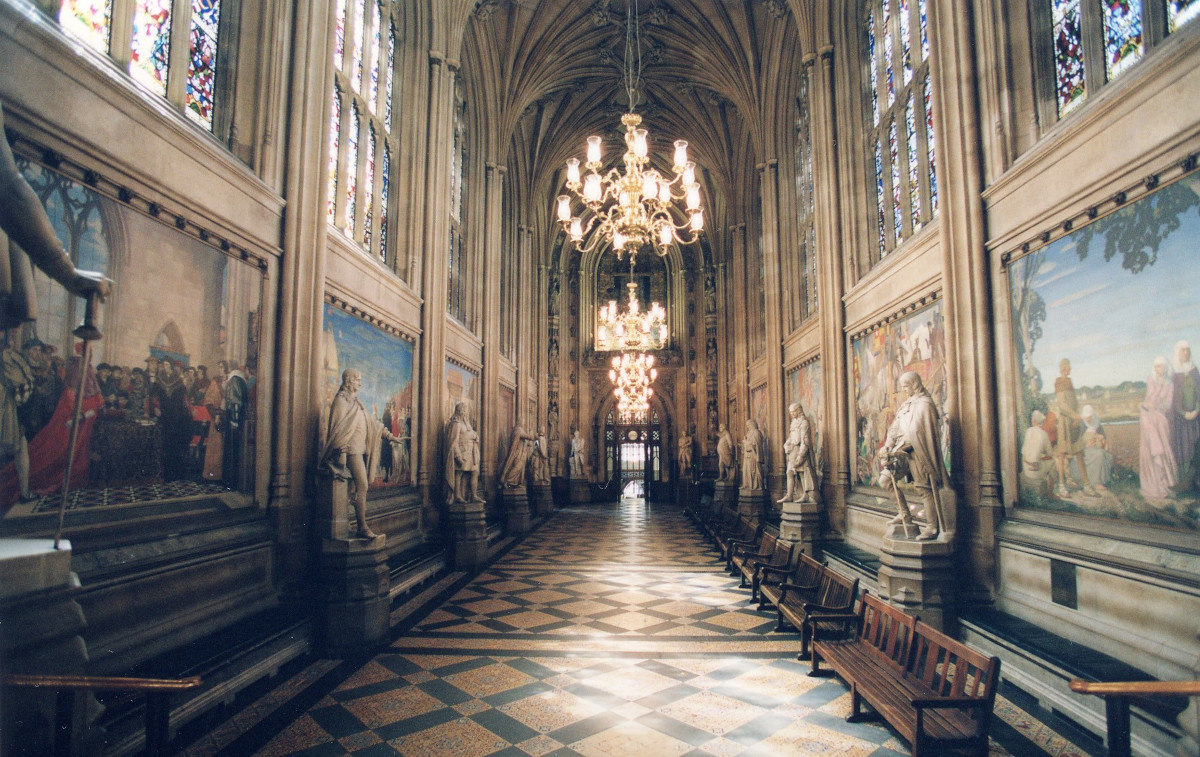

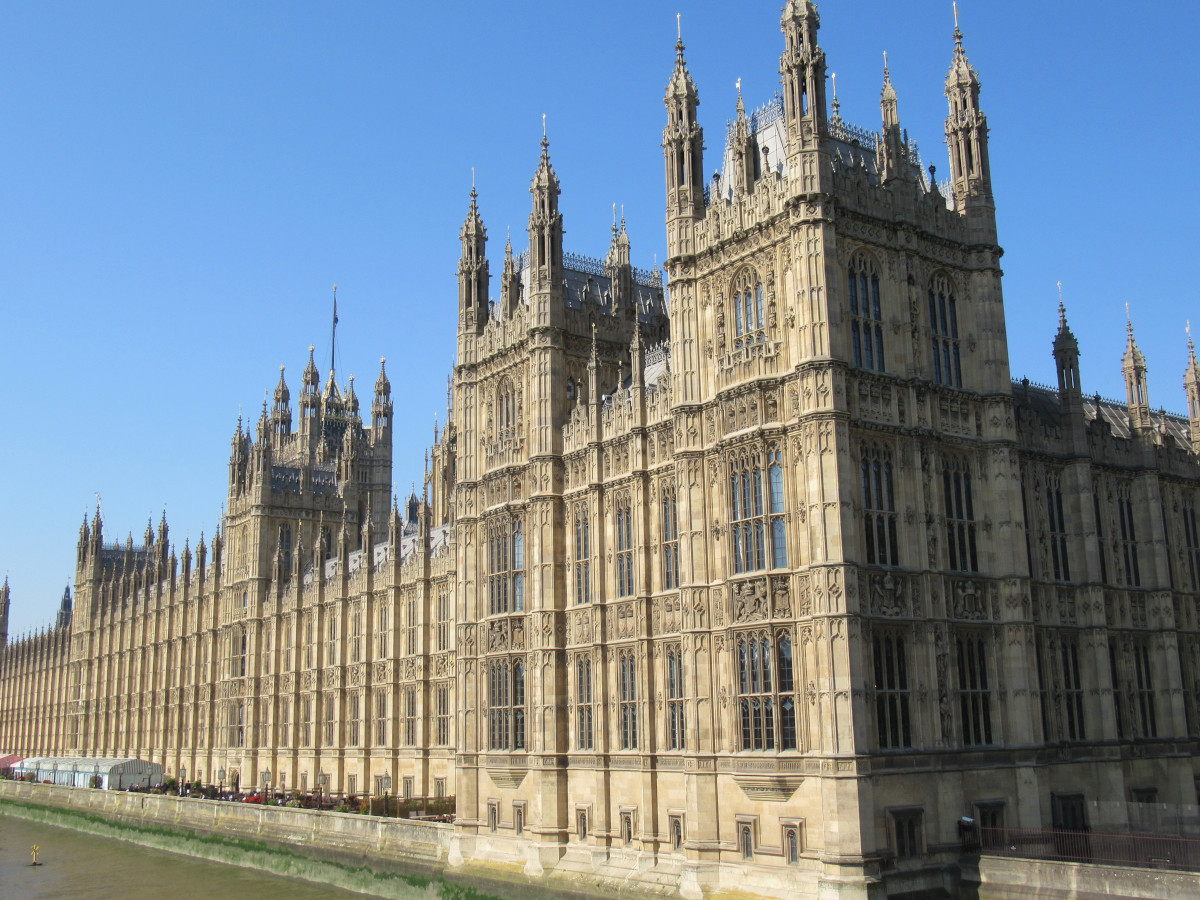
Medieval parliaments met wherever the king happened to be, but after Magna Carta in 1215 the role of parliament was strengthened and the first ‘representative parliament’ met in 1265 in the Chapter House at Westminster Abbey. So began the link between parliament and this site. Westminster was a royal palace until the 16th century, but Henry VIII moved his court to the nearby Palace of Whitehall. His son, Edward VI, later granted permission for parliament to sit in the disused St Stephen’s Chapel at Westminster and that was its home until it was destroyed by fire in 1834.
Parliamentary records, dating back to the 16th century, still exist. Significant events which took place while the ‘old’ parliament met in St Stephen’s Hall include Guy Fawkes’ attempt to blow up parliament in 1605, the arrival of Charles I seeking to arrest MPs he knew were plotting against him and, after his execution, the rule of Oliver Cromwell, one of whose memorable rants to MPs included the wording ‘Ye are a factious crew and enemies to all good government; ye are a pack of mercenary wretches.’ The Glorious Revolution of 1688 established parliament’s supremacy over the monarchy and what we would recognise as our modern parliament gradually emerged over the 18th century.
In 1834 a great fire destroyed most of the Palace of Westminster. Its replacement, the current buildings, were opened in 1847. The vast complex included, wrote David Cannadine in his book The Houses of Parliament, ’14 halls, galleries, vestibules and other apartments of great capacity’ and if you are shown round parliament by your MP, or book onto a guided tour, you will see the highlights.
great parliamentary speeches

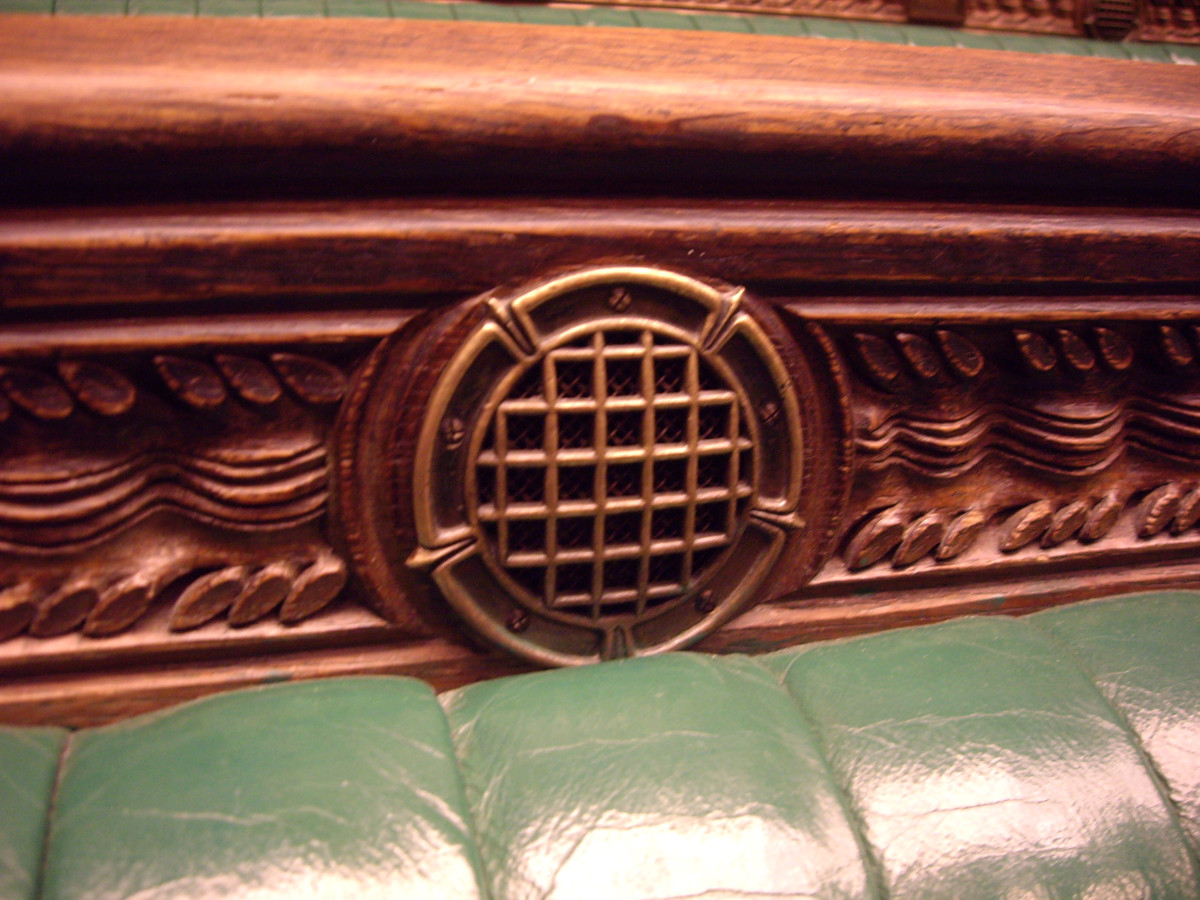
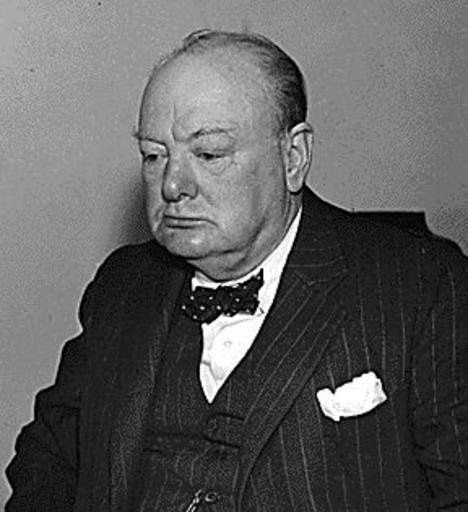
The force of William Wilberforce’s speech calling for the abolition of the slave trade, on May 12th, 1789, has resonated ever since. A 4-hour speech by Lord Palmerston in June, 1850 lauded the ‘honourable spectacle’ of Britain, which he claimed was, unlike ‘almost every country of Europe’, where ‘the conflict of civil war has deluged the land with blood, from the Atlantic to the Black Sea.’ And who can forget Winston Churchill’s many memorable orations, from his pledge in May 1940 that he had nothing to offer but ‘blood, toil, tears and sweat’ to his declaration after the Battle of Britain that ‘Never in the field of human conflict was so much owed by so many to so few.’
what to see at the houses of parliament
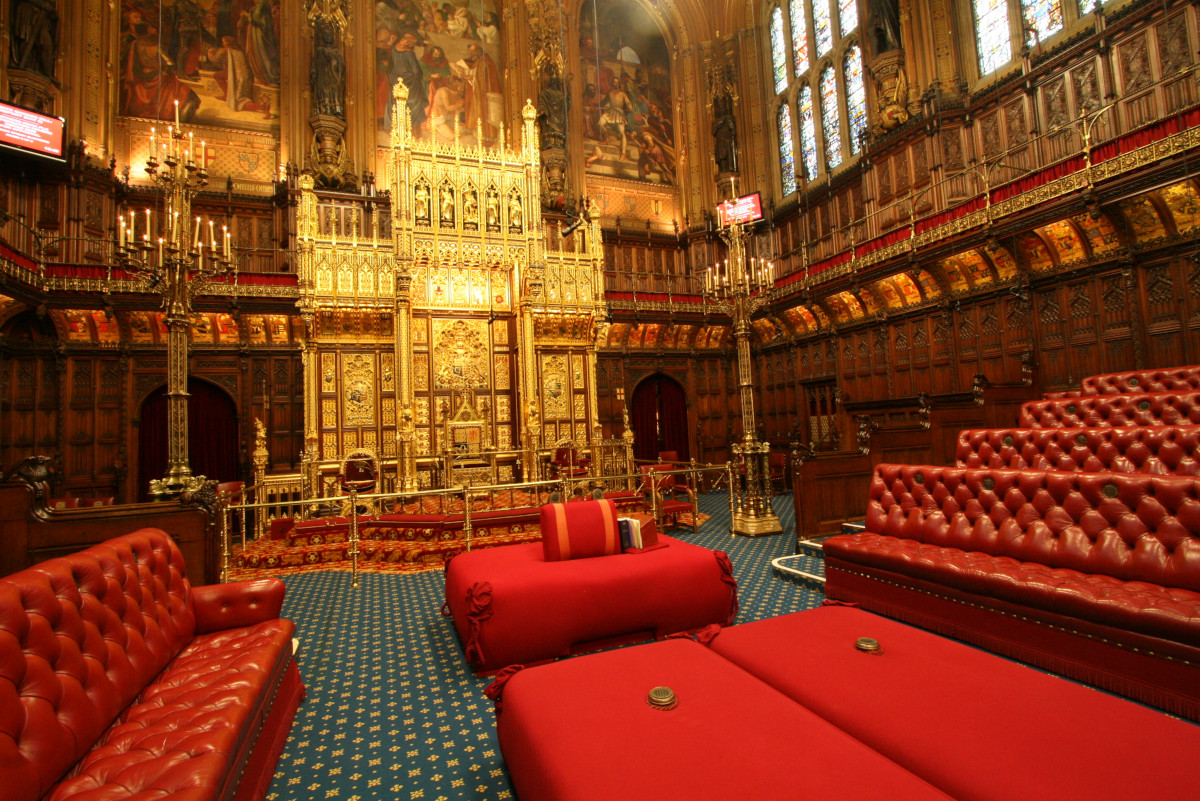

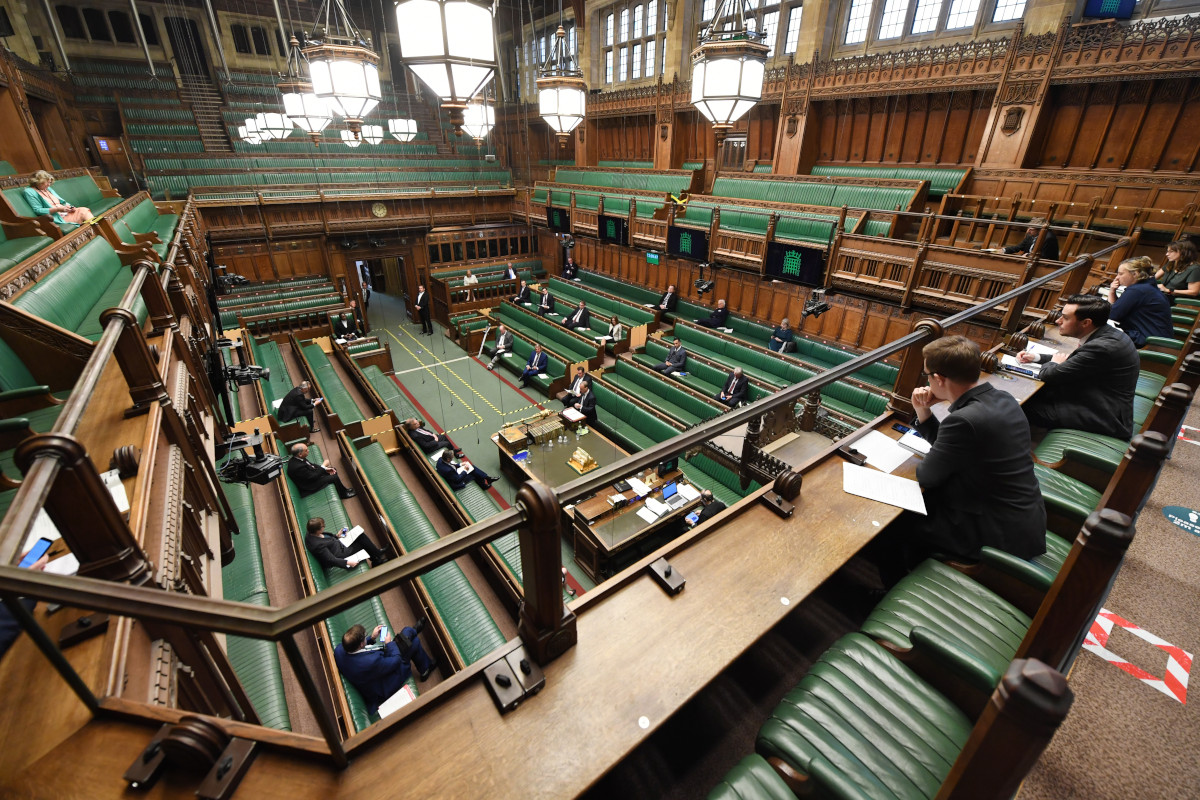
The Chamber of the House of Commons, with its opposing banks of green leather benches, is smaller than many imagine. In the middle is the Table of the House with two despatch boxes, where the minister or shadow minister speaking should stand. Note the Speaker’s Chair and the mace, placed on the table whenever parliament is in session. Other conventions include the ‘division bell’, rung when a vote is to take place and signalling that MPs are required to ‘divide’ into ‘for’ or ‘against’ the proposal and go through the appropriate lobby to cast their vote. By booking in advance, you may be able to sit in the public gallery during the weekly ‘Prime MInister’s Questions’, held on Wednesday lunchtimes.
The Chamber of the House of Lords is a similar, yet much more ornate, room. This time the banks of leather seats are red and there are also ‘cross benches’, placed horizontally, for Lords who are not aligned to either the government or the opposition. In the middle, is the woolsack, yes actually a sack of wool, originally dating from the 14th century, marking the spot where the Lord Speaker sits. Around the edge of the room are high stone niches where statues of the 18 barons who sealed Magna Carta are displayed. It’s here that the magnificent State Opening of Parliament ceremony takes place.


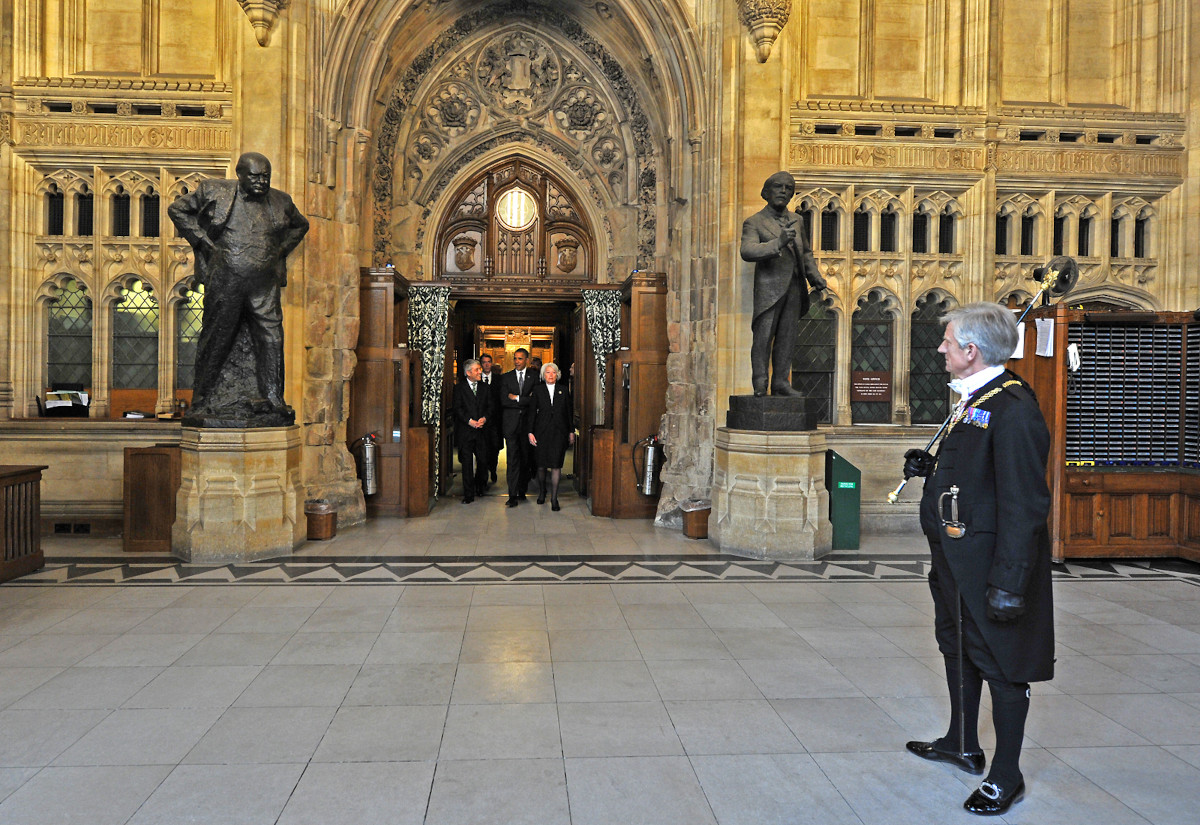
The Central Lobby is the midpoint between the Lords and the Commons, a highly decorated square space which you may recognise from television interviews. The floor tiles include designs of the flowers representing the four nations of the United Kingdom – the rose, thistle, leek and shamrock – and in the ceiling arches are statues of the patron saints of each country, St George, St Andrew, St David and St Patrick. Some of the building’s most impressive statues of former prime minsters are here, including Sir Winston Churchill and Margaret Thatcher. On the floor is a Latin inscription from Psalm 127, which means in English ‘Unless the Lord builds the house, they who build it labour in vain’.
Westminster Hall is the oldest part of the Palace of Westminster, originally built at the end of the 11th century. Events held under its huge hammer-beam roof include the coronation feasts of Henry II and Anne Boleyn, the trials of Sir Thomas More, Guy Fawkes and, in January 1649, of King Charles I who was sentenced to death for ‘waging war against Parliament and the People’. It was here that Sir Winston Churchill lay in state before his funeral and that the ceremonial addresses for Queen Elizabeth II’s Silver, Golden and Diamond Jubilees were given. Distinguished foreign visitors who have been granted the honour of making a speech here include Nelson Mandela, Pope Benedict XVI and Barack Obama.
There is much more detail on the podcast.
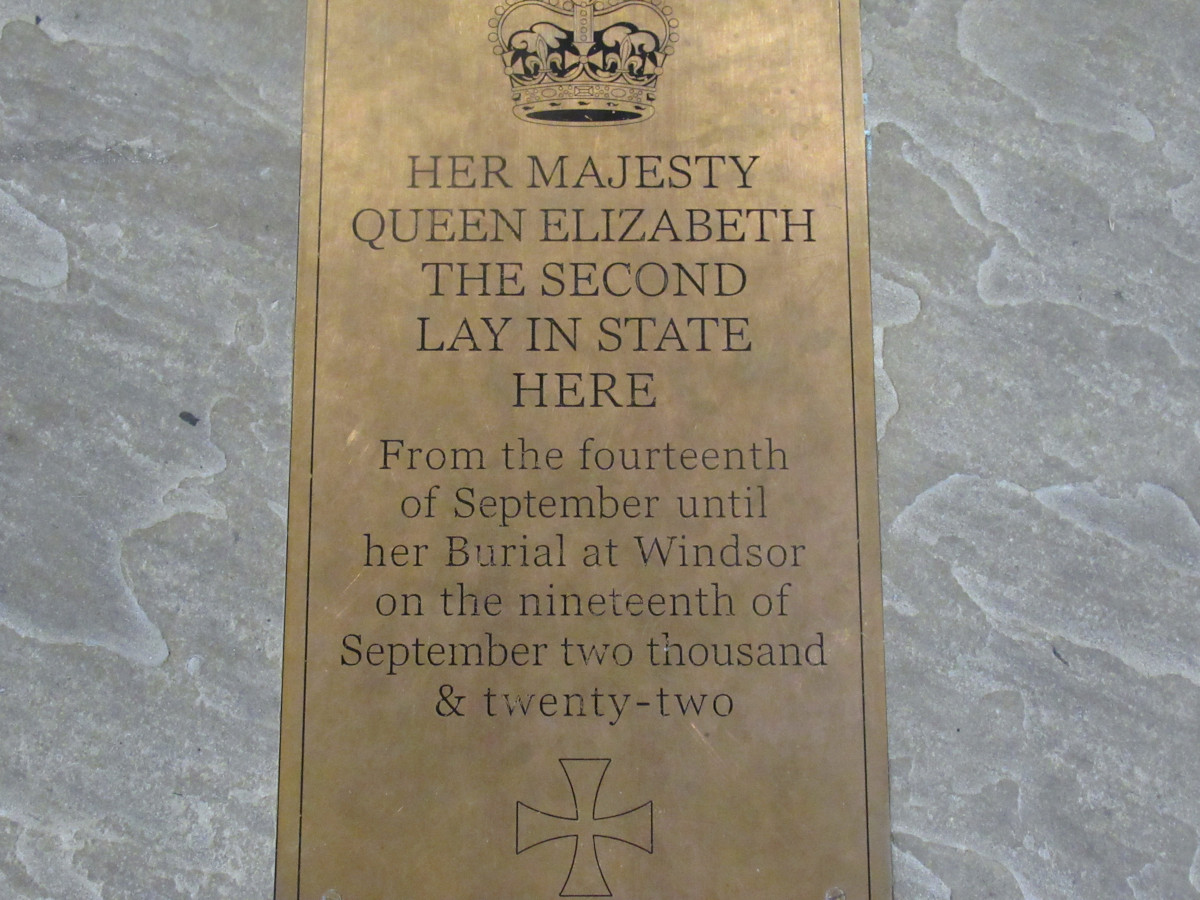
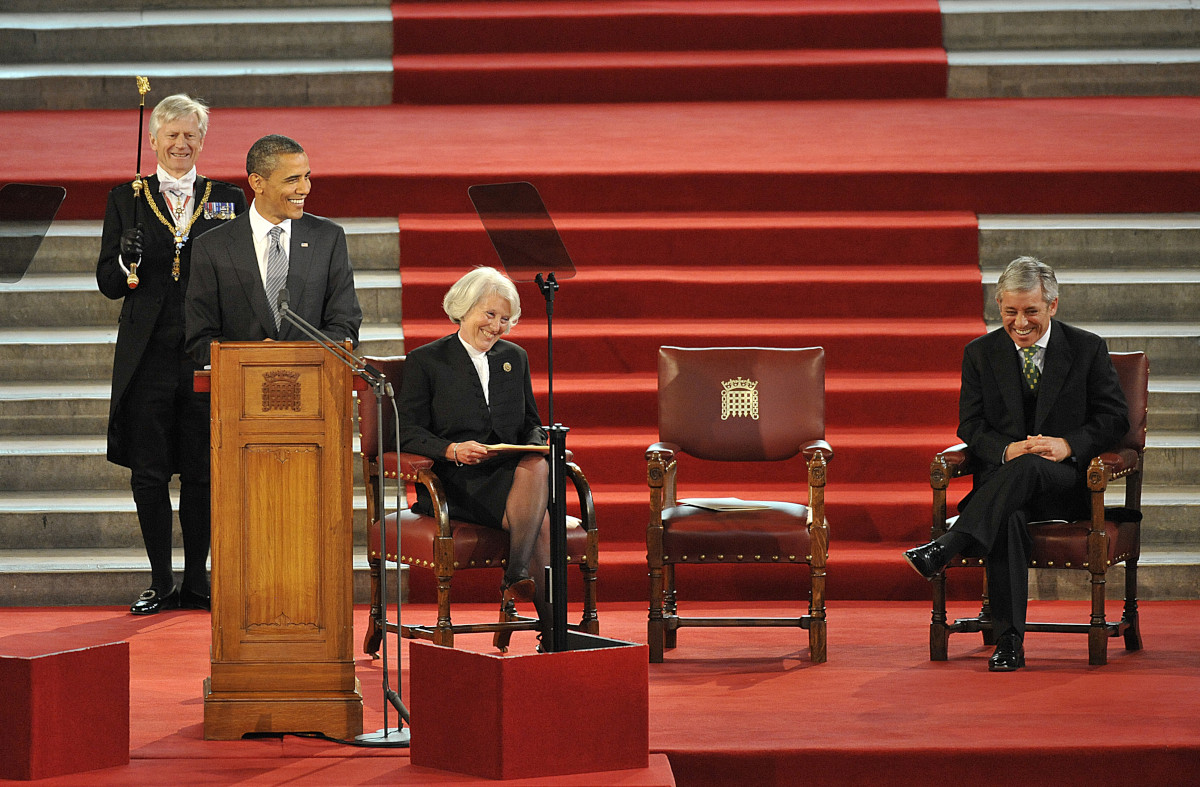
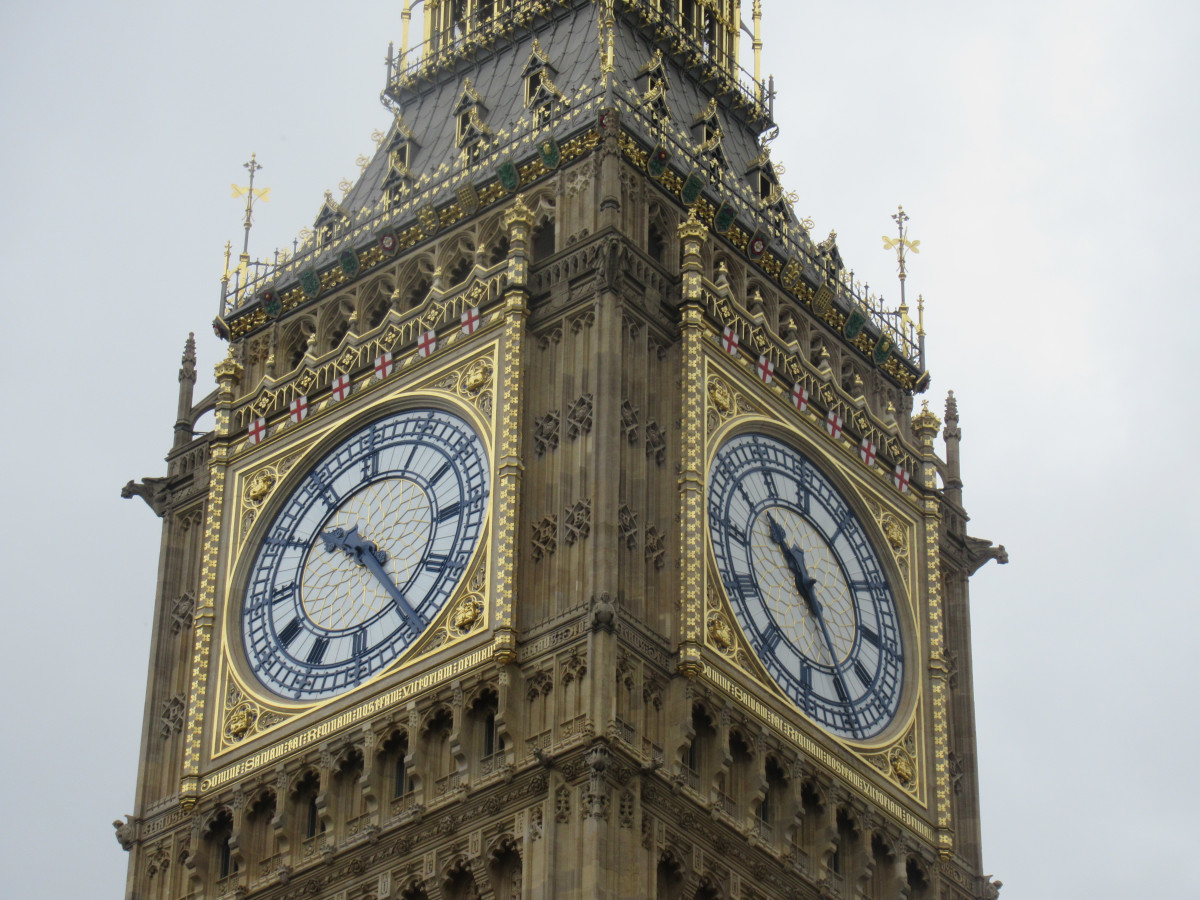
Listen to the POdcast
Reading suggestion
The Houses of Parliament, History Art, Architecture by David Cannadine
links for this post
https://www.parliament.uk/visiting
https://www.parliament.uk/about/living-heritage/building/palace/westminsterhall
Previous episode Westminster Abbey
Next episode Whitehall and Trafalgar Square






